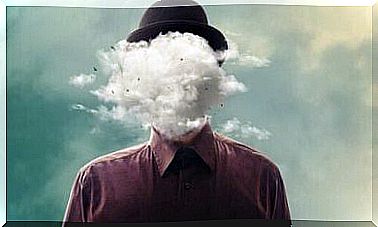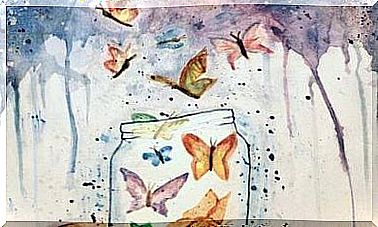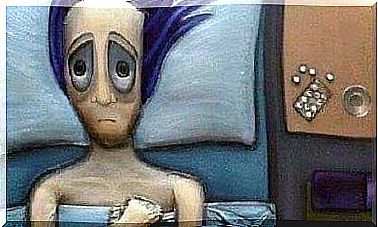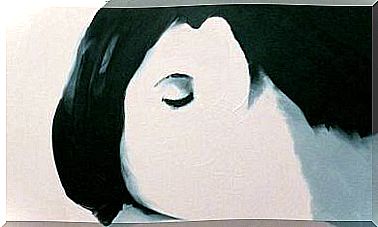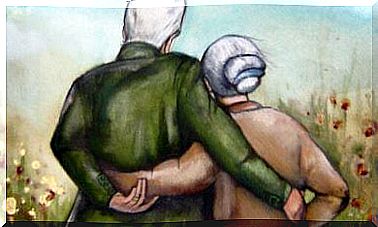Piaget’s Theory Of Evolution And The Sensorimotor Stage
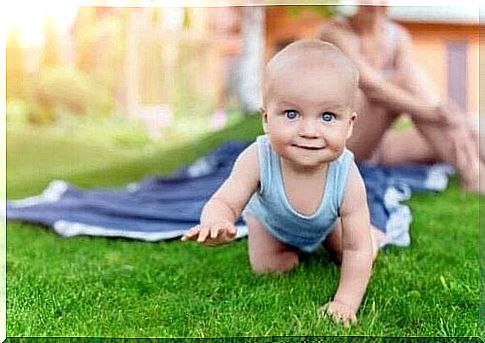
Parents, teachers and anyone who has spent a lot of time with children have observed the developmental process that takes place during the first years of their lives. This process is the basis of Piaget’s theory of development. The first phase of this process (the sensorimotor stage) is the subject of today’s article.
Psychologist Jean Piaget is the author of one of the most important theories regarding the cognitive development of children and adolescents (called intelligence development by him) ever written. He divided the process by which children develop their cognitive abilities into four steps. The first step, which begins at birth and lasts until the baby is about two years old, is especially important because of the impressive amount of progress that children make at that particular age.
Characteristics of the sensorimotor stage of development
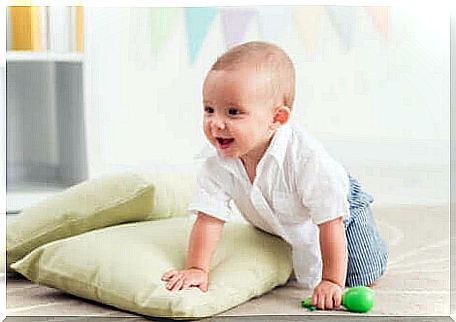
Exploration and discovery of surroundings
During the first two years of life, children begin to explore and get to know their surroundings with the help of their senses. Piaget highlights assimilation and adaptation as the primary learning processes. But to understand these concepts, it is important to know that children’s brains function on the basis of cognitive structures that change based on their experiences.
Therefore, assimilation occurs when the child uses his existing cognitive structures to relate to a new object or a new event. For example, when they suck on a bottle for the first time, then they use the same movement that they have already used to breastfeed at their mother’s breast.
Adaptation, on the other hand, occurs when the new experience does not fit into any of the already existing cognitive structures. In these cases, the structures must change. This happens when, for example, a child whose family concept includes father, mother and siblings meets a family without a father because the father may have died in that case.
Egocentricity
Another basic element during the sensorimotor stage is egocentricity. Children at this age are unable to understand things from someone else’s point of view. In other words, the child believes that everyone sees, thinks and feels in the same way as he or she does. This means that it must learn to understand its individuality, different from others and their surroundings.
The durability of the object
One of the most important developmental milestones during the sensorimotor stage is the durability of the object. That is, the understanding that objects, people, and events continue to exist even when the child cannot see, hear, or perceive them in any way.
At the end of this stage, for example, the child can understand that its mother still exists even when she is out of sight. Before they reach this milestone, the child believes that its mother has simply disappeared.
Subcategories to the sensorimotor stage
Throughout this stage, you can observe the mechanisms that the child uses for cognitive development.
During the first month of life, the child relates to his environment mainly through reflexive actions that are automatic reactions to stimulation.
- Primary circular reactions develop between one and four months. In other words, the child consciously repeats body movements that generate pleasure. Sucking on the thumb is an example.
- Up to ten months, children repeat stimulating actions that only partly have to do with their own bodies. For example, intentionally kicking a pipe toy placed at the end of their crib. These are called secondary circular reactions.
- From 10 to 12 months, children develop the ability to use their faculties to achieve a goal. For example, moving a pillow that covers a toy they want to play with.
- Tertiary circular reactions occur between 12 and 18 months. Here the child begins to vary his behavior and learn from his mistakes to discover new causal and consequential relationships.
- Finally, between 18 and 24 months, they develop the ability to perform mental reconstructions of objects. This is a basic ability they need to reach the milestone with the object’s durability.
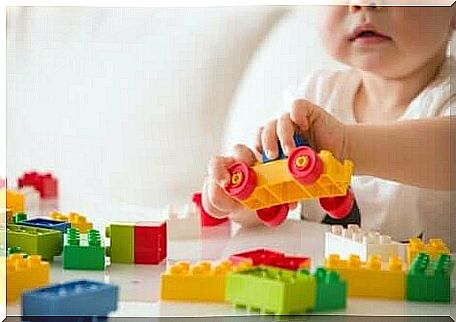
The sensorimotor stage: the beginning of a fascinating journey
This first step lays the foundation for the child’s future cognitive development. The lessons and skills it acquires during the first two years enable the child to spend time with the world. Consequently, this is a hugely important phase in a child’s development. Despite this, when this stage is over, a long and fascinating journey of cognitive development still awaits.

